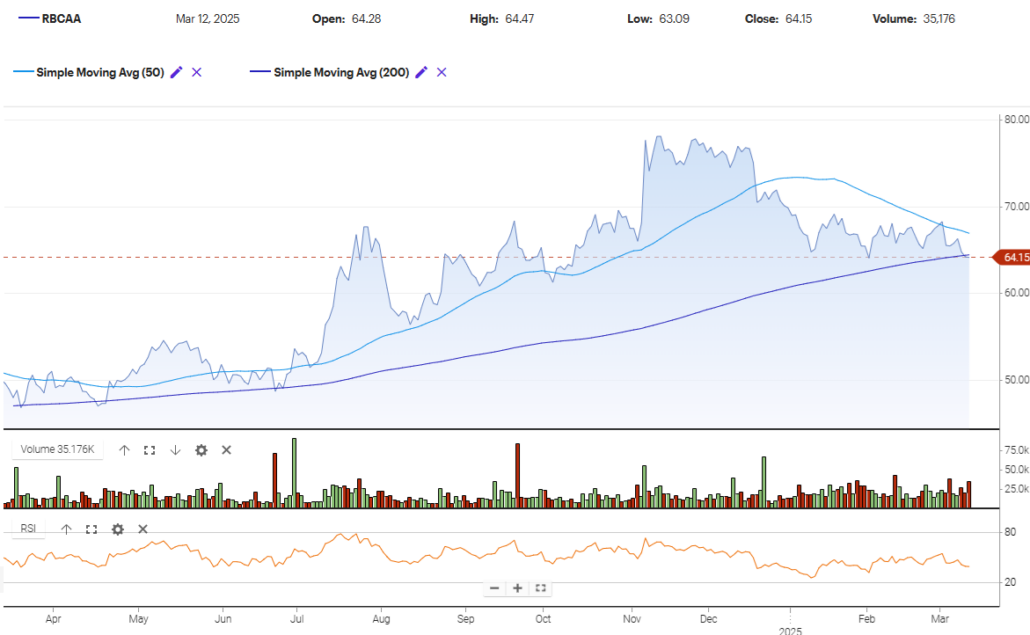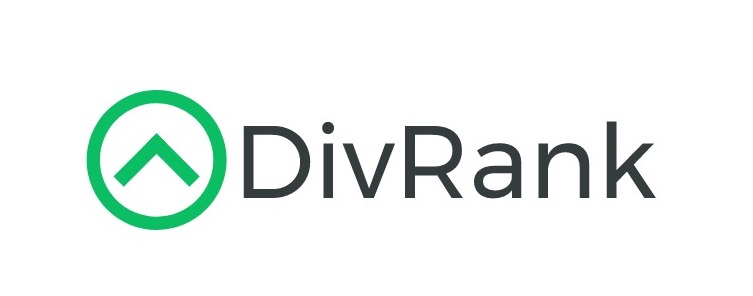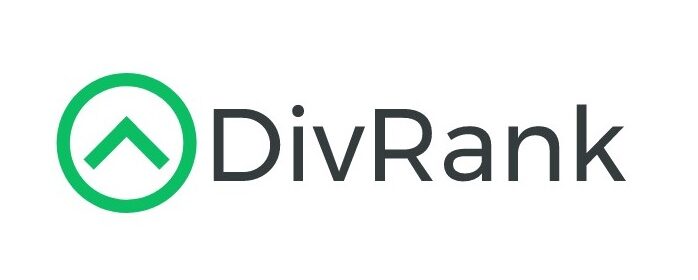Updated 3/13/25
Republic Bancorp, Inc. might not be a name that lights up Wall Street headlines, but for income-focused investors, it offers something much more valuable—consistency. Based in Louisville, Kentucky, this regional bank has carved out a niche serving both traditional retail clients and a unique tax refund solutions business. That combination gives it a slightly different flavor than your standard bank stock.
It’s not just about lending and deposits here. Republic blends steady banking operations with a seasonal earnings boost from its tax-related services. It’s a model that has worked for years and helped the company stay firmly profitable through all kinds of market cycles. For dividend investors, that kind of stable engine under the hood is what often leads to long-term success.
Recent Events
Republic’s shares have climbed more than 35% over the past year—outpacing the broader market by a solid margin. It’s a quiet outperformance, but one that reflects well on the bank’s disciplined management and business model. While some regional banks were caught off guard by rate swings and credit concerns, Republic stayed the course.
The most recent quarterly results were a mix of stability and a slight cooling in growth. Net income landed at $101 million, down just over 3% from the same quarter a year earlier. That said, revenue rose nearly 9% year-over-year, which speaks to ongoing momentum. Even in a tougher operating environment, the bank continues to push forward.
As of March, the company’s most recent dividend declaration came in at $0.45 per share. The ex-dividend date was March 21, and shareholders can expect the next payment on April 18.
Key Dividend Metrics 📊
🟢 Forward Yield: 2.75%
🟢 Trailing Yield: 2.55%
🟢 5-Year Average Yield: 2.91%
🟡 Payout Ratio: 31.25%
🟢 Annual Dividend (Forward): $1.80
🟢 Current Quarterly Dividend: $0.45
🟢 Next Pay Date: April 18, 2025
🟢 Ex-Dividend Date: March 21, 2025
Dividend Overview
There’s a comfort in knowing what you’re getting, and that’s where Republic shines. It’s not a flashy high-yielder, but its 2.75% forward yield comes backed by decades of steady payments. There’s a clear focus from management on maintaining—not stretching—the dividend.
While some banks might chase growth at the expense of reliability, Republic has leaned into its conservative roots. The payout isn’t trying to be the biggest, but it’s strong, sustainable, and rarely skipped a beat. For investors building a long-term income stream, that’s worth its weight in gold.
Dividend Growth and Safety
One of the most reassuring things for income-focused investors is a steady hand on the dividend policy. Republic’s annual dividend has been increasing steadily over time, and the latest forward dividend of $1.80 is a clear step up from last year’s $1.63.
At a payout ratio just north of 31%, the company is in a very healthy spot. It’s generating plenty of earnings to cover the dividend with room to spare. That buffer is important—not just for weathering economic slowdowns, but also for supporting continued growth in shareholder returns.
There’s nothing speculative about the way Republic handles its dividend. It’s careful, measured, and deliberate. That’s exactly what makes it appealing for long-term investors looking to sleep well at night.
Chart Analysis

Current Market Cycle Stage
Looking at the full price action in this chart, Republic Bancorp appears to be in the late stages of the distribution phase, gradually transitioning into markdown. After a strong markup that started back in early summer, the price made a series of higher highs, peaking in late fall. But since then, momentum has steadily faded. The sharp pullback from the highs was followed by a series of lower highs and lower lows, a classic sign of buyers slowly losing control.
Price has recently broken below the 50-day moving average and is now testing the 200-day moving average from above. This test is crucial—so far, the 200-day has acted as a line of support, but any decisive break below it would mark a clear confirmation that markdown is underway.
Volume Behavior
Volume throughout the markup phase was fairly healthy, with a few strong green bars confirming bullish interest, particularly in June and again around October. But what stands out more recently is the drop in volume during attempted rallies. The most recent peaks in price have been met with noticeably weaker buying volume, while down days have been supported by heavier selling. This divergence between volume and price strength reinforces the idea that the distribution is in progress and selling pressure is increasing.
RSI Indicator
The Relative Strength Index (RSI) has been sliding since late December. It moved from overbought levels during the markup, down toward the neutral zone, and now it’s hovering just above the oversold threshold. There’s no real sign of bullish divergence here—no upward turn in RSI while price moves lower. That tells us momentum remains weak, and the selling pressure hasn’t eased yet. If the RSI dips below 30, it may signal the beginning of markdown becoming more pronounced.
Moving Averages
The 50-day moving average crossed above the 200-day back in the late spring or early summer, which helped kick off the strong markup rally. However, over the past couple of months, that 50-day average has curled downward and is now closing in on a possible bearish crossover. If that cross happens, it would confirm a shift in trend. Price is also currently struggling to hold the 200-day line, which makes this zone critical from a technical standpoint.
Recent Candlestick Behavior
Zooming into the last five candles gives more insight into immediate sentiment. There’s been a string of mostly small-bodied candles with long upper wicks—this signals selling into strength. Buyers are trying to push price up intraday, but sellers are stepping in before close and knocking it back down. The range is tight, and the candles look indecisive, but the wicks show pressure is mounting from the sell side. One candle showed a strong push lower that briefly dipped under the 200-day, only to recover slightly by the close—likely a test of support rather than a rejection.
This kind of candle activity near major support lines is often a warning sign that a larger move is coming, especially if volume starts to pick up on red days.
Analyst Ratings
📈 In recent months, Republic Bancorp, Inc. (RBCAA) has seen a noticeable shift in how analysts are viewing the stock. On January 12, 2023, the company received an upgrade from “Neutral” to “Overweight,” with the price target raised from $47 to $51. This move was driven by improving earnings expectations, partially due to steady loan activity and strength in net interest income. Analysts saw better clarity around the bank’s profitability, particularly in light of its consistent operating performance.
📉 That said, it hasn’t been all upgrades. Back on July 25, 2022, the stock was downgraded from “Overweight” to “Neutral,” and the price target was adjusted slightly downward from $53.50 to $50. The reasoning at the time centered on headwinds to growth, including concerns about compressing margins and muted loan expansion in a rising rate environment. There was a belief that much of the good news was already priced in at that point.
🟡 Currently, the analyst consensus sits at a “Hold” rating. The average price target across coverage is around $70.00, suggesting there is still some modest upside from the current trading level near $65.63. This neutral stance reflects a balanced outlook—analysts aren’t seeing any near-term catalysts that would drive a major move in either direction, but they do acknowledge the company’s solid fundamentals and reliable earnings profile.
🧭 Overall, the analyst sentiment is steady, with expectations anchored around consistent but not explosive growth. The upgrades and downgrades over the past year have largely reflected shifts in macroeconomic expectations and interest rate forecasts rather than changes in Republic’s core business performance.
Earning Report Summary
Republic Bancorp wrapped up 2024 on a pretty solid note. The company pulled in $19 million in net income for the fourth quarter, bringing the total for the year to $101.4 million. That’s a nice jump—about 12% higher than the year before. For a regional bank operating in a mixed economic environment, that’s a number that says business is steady. Return on assets came in at 1.47% and return on equity hit 10.5%, both respectable figures showing the bank is getting solid results from its capital.
Most of the strength came from the Core Bank segment, which includes the more traditional banking and warehouse lending operations. Net income there was up 11% over the fourth quarter of 2023. A big part of that came from higher net interest income, which rose by $7 million. That bumped the net interest margin up from 3.40% to 3.64%, showing the bank is making more on its loans compared to what it’s paying on deposits. Credit quality held up too—charge-offs were basically a non-issue at just 0.02%, and nonperforming loans were comfortably low.
Things weren’t quite as strong in the Republic Processing Group, which includes the bank’s tax refund solutions. Net income for that group slipped by about $2.4 million compared to the same time last year. The drop was mostly tied to a spike in provisions for loan losses in their refund advance products. Management responded by reworking its agreement with a key partner for the upcoming tax season, tweaking fee structures and adding some loss protections to better balance the risk and reward.
Across the board, the bank hit some meaningful milestones. Three out of five business segments showed growth. Deposits grew 5%, excluding brokered ones. Operating expenses were kept in check, with only a modest 1.7% increase, and the efficiency ratio improved to just under 53%, which is pretty lean by banking standards.
Also worth noting, the company’s total return for shareholders was over 30% last year, which blew past the banking sector average. And from a customer satisfaction angle, their Net Promoter Score made a major leap, going from 38 early in the year to 75 by the third quarter. That kind of movement suggests they’re not just growing financially—they’re also building stronger relationships with their customers.
Financial Health and Stability
A big part of dividend safety comes from financial strength, and Republic’s numbers tell a reassuring story. The bank reported nearly $439 million in cash on hand, paired with a solid $542 million in total debt. That’s a manageable position, especially given its strong operating cash flow of $149 million over the trailing twelve months.
Republic’s return on equity is over 10%, and return on assets is running at 1.51%. Those are healthy, efficient numbers that speak to effective use of capital without leaning too hard on risk. Book value per share stands at $51.01, giving investors a good look at underlying value compared to the current share price.
Margins remain strong, with over 30% profitability on both operating and net levels. Even with a slight earnings dip, the fundamentals remain well intact.
Valuation and Stock Performance
At first glance, Republic’s valuation might look modest. A trailing price-to-earnings ratio of 12.6 places it below the broader market, yet reflects a fair premium for its steady returns. The stock’s price-to-book ratio at 1.29 is reasonable and signals confidence in the underlying quality of assets.
The share price has recently hovered around $65, trading a bit below its 52-week high of $80.68 but comfortably above the 200-day moving average. This kind of middle-ground positioning typically reflects investor confidence with room to climb if momentum builds.
With a 5-year beta of just 0.48, the stock doesn’t swing wildly. That’s a benefit for conservative investors, especially in uncertain economic climates. Insider ownership above 50% also shows that management is directly aligned with shareholder interests.
Risks and Considerations
While the bank’s conservative style is part of its appeal, it’s worth noting a few potential drawbacks. Its tax refund business brings in strong seasonal revenue but can cause earnings to fluctuate across quarters. That may not worry long-term holders, but it’s something to keep in mind when reading the numbers.
As a regional player, Republic is also somewhat tied to the economic health of its core markets. A downturn in its service areas could impact performance more than it would for a more diversified national bank.
Interest rate shifts are another factor to watch. While the company has navigated rising rates well so far, future changes could impact loan growth or net interest margins. These aren’t red flags, but they’re part of the landscape investors need to monitor.
Final Thoughts
Republic Bancorp isn’t a household name, and that’s part of what makes it appealing. It operates with a quiet strength that many investors overlook—focused on consistent execution and shareholder returns. The dividend doesn’t just show up every quarter; it’s been growing, it’s well-covered, and it’s part of a larger, thoughtful capital strategy.
For dividend investors who want a reliable, financially sound holding with a long track record of delivering value, Republic makes a solid case. It’s not about chasing big headlines or dramatic gains—it’s about showing up, quarter after quarter, and doing the job. And sometimes, that’s exactly what a portfolio needs.

